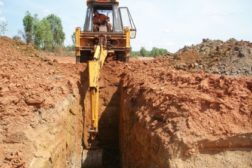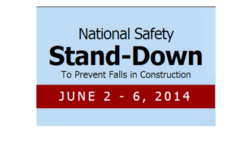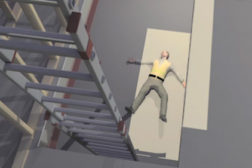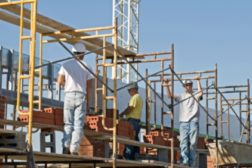Construction Industry Safety and Health
Management repeatedly warned of unsafe conditions
Read More
Three stories up with no fall protection
Employees at Brooklyn demolition site faced potentially fatal falls
July 17, 2014
Construction deaths up for first time since recession
Falls still #1 cause of construction fatalities
June 30, 2014
Never miss the latest news and trends driving the safety industry
eNewsletter | Website | eMagazine
JOIN TODAYCopyright ©2024. All Rights Reserved BNP Media.
Design, CMS, Hosting & Web Development :: ePublishing







